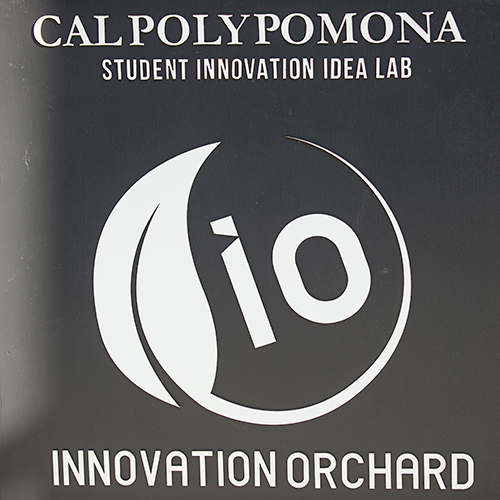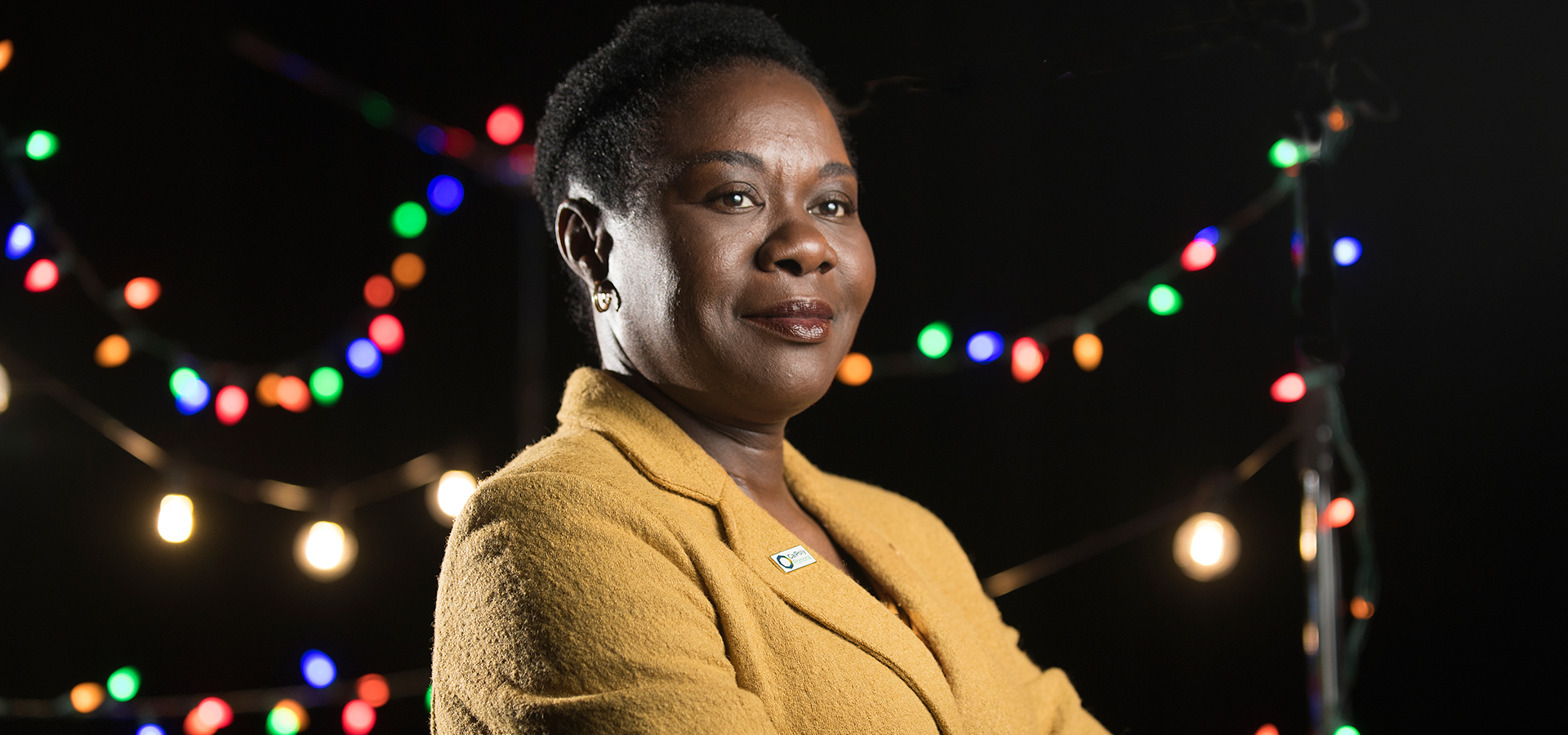Success in a Tech-Centric Society
By Olukemi Sawyerr
Interim Assistant Vice President for Academic Innovation
Student Success is our core mission at Cal Poly Pomona, a multifaceted commitment that must be met on every level by using the tools of today and the technology of tomorrow.
Success includes retention, timely graduation and career readiness. It means preparing students for the future of work and civic engagement. Cal Poly Pomona’s model of an inclusive polytechnic education aims to produce successful graduates who are engaged and productive members of society.
An increasingly critical component of that success is technological competence and adaptability. It is imperative that we integrate not only established technologies into our curriculum, but actively find ways to integrate emerging technologies into curricular and co-curricular activities to ensure that our students are well equipped to meet the future with confidence.
We are on the cusp of what some have termed the “Fourth Industrial Revolution (4IR)” (Schwab, 2016) or “Industry 4.0” (Hermann, Pentek & Otto, 2016) or the “Second Machine Age” (Brynjolfsson & McAfee, 2014), characterized by cyber-physical systems that are blurring the lines between the physical, digital and biological through rapid and unprecedented advances in technology. By leveraging the power of digitization and information technology, we are witnessing parallel technological advancements in multiple domains, including artificial intelligence (AI) and machine learning, genetic engineering and synthetic biology, virtual reality/augmented reality/mixed reality (VR/AR/MR), nanotechnology, nanomaterials, advanced robotics, IoT (internet of things), 3D printing and additive manufacturing.
According to Klaus Schwab, executive chairman of the World Economic Forum, what makes the Fourth Industrial Revolution different is the speed at which technology is advancing and the integration of these technologies across multiple domains. These advances have fundamentally changed how we live and relate to one another, how we work and how we do business and govern, and they show no signs of slowing.
Exactly how these emerging technologies will develop is not well understood. One thing is certain, though: These changes have fundamentally altered and will continue to alter the very nature of work. Many jobs exist today that did not exist only a decade ago and many jobs will be created within the next decade that we cannot yet envision. Can you imagine life without the on-demand economy that provides us convenient and immediate access to goods and services? In the gig economy, employers source for alent from the “human cloud” for discrete projects or tasks. In 2017, Intuit estimated the number of Americans in the gig economy at 34 percent and predicted it would grow to 43 percent by 2020. The gig economy provides workers with the utmost flexibility in determining when and how much they work, and it provides employers the ability to hire for specific skills. These trends will continue challenging our conventions of what it means to work and be a productive member of society.
What does all of this mean for Cal Poly Pomona and its students?
While it is difficult to fully predict how these changes will evolve, as a university we must ensure that our students are prepared for success today and in the future world we do not yet know. Success means that they will be ready to thrive in this highly uncertain environment because of a strong foundation in the liberal arts and humanities, as well as depth in their primary disciplines through curricular and co-curricular activities.
“These innovation spaces serve all Cal Poly Pomona students, eliminating the digital divide between students in the more technical disciplines and those in less technical majors.”
As part of the implementation of the new strategic plan and the academic master plan, Cal Poly Pomona will provide students multiple opportunities to engage with the technologies that are fueling the Fourth Industrial Revolution (4IR). In addition to existing classes, labs and learning areas, multiple innovation spaces are beginning to dot the campus and surrounding areas.
- The Student Innovation Idea Lab, or iLab, fosters creativity and entrepreneurship, and provides boot camps, workshops and support to help students launch their ideas.
- The off-campus Innovation Orchard at Ganesha High School is an offshoot of the iLab, offering space and equipment for collaboration, creation and innovation.
- Maker Studio @ the University Library, scheduled to open in fall 2019, will provide a creative environment for innovators.
These innovation spaces serve all Cal Poly Pomona students, eliminating the digital divide between students in the more technical disciplines and those in less technical majors. These spaces encourage multidisciplinary perspectives, collaborative learning and provide ample opportunities for students to apply both general education and discipline-specific knowledge to their ideas. All students can participate in workshops to engage with 4IR technologies.
Any student can learn for free how to use a 3D printer and explore potential applications, such as incorporating human cells and electrical circuitry into 3D prints for medical and industrial applications. Students can play with VR/AR/MR technologies, learn how to utilize high-powered computing or interact with smart materials such as self-healing mats. In these spaces, students can work on projects related to a specific course or on co-curricular or personal projects.
Faculty from all disciplines also can learn to utilize 4IR technologies and incorporate them into their teaching. They can lead their students in conversations around the promise of these technologies as well as their potential perils. They can discuss the benefits of genetic engineering and the myriad ethical issues associated with genome editing and designer babies. They can explore the gig economy and the human cloud, including their implications for public policy. They can explore VR/AR/MR technologies, the benefits of VR therapy on PTSD in soldiers, as well as a possible link between VR video games and PTSD in children.
The technologies driving the Fourth Industrial Revolution have the potential to create a better world. Their integration into CPP’s inclusive polytechnic model can help us learn and teach better by allowing us to make data-informed decisions about curricula. Our campus and students will not be bystanders in the Fourth Industrial Revolution, but rather will be actively engaged participants in ensuring the promise of these technologies to develop what Schwab calls a “human-centric” and equitable society.
Student Success is our core mission. By opening wide the doors of technological opportunity for everyone, all of our students will be prepared to meet the challenges of the future — the very definition of success.

Integration of Technology
We use evidence-based approaches to integrate technology in support of excellence in curricular and co-curricular pedagogies.
